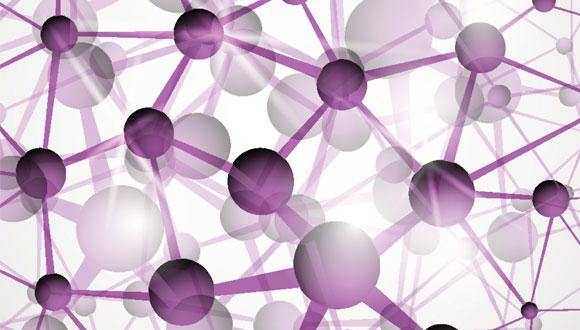Physics Colloquium: Distributed sensing and decision-making in animal collectives
Prof. Iain D. Couzin, Princeton University
Abstract:
Revealing the time-varying structure of the networks underlying information flow in complex systems is a central challenge. For example, a long-standing goal of neuroscience has been to establish both the physical and functional connectivity of decision-making circuits. Dynamic networks of interaction also underlie the collective behavior of groups of organisms, such as schooling fish or flocking birds, and yet the comparable issue of establishing the structure and nature of the interaction network by which grouping organisms make collective decisions has remained almost entirely neglected. One of the challenges is that such communication networks have no physical form. While simulation models can reproduce phenomena reminiscent of that exhibited by animal groups, the underlying assumptions made may often be incorrect. For example, a predominant paradigm has been to consider individuals as “self-propelled particles”, which (inspired by processes in physical systems) interact with neighbors via “social forces”. In such models it is usually assumed that they do so with neighbors within a fixed distance (a “metric range”) or with a fixed number of near-neighbors regardless of their distance (“topological range”), assumptions that, although mathematically convenient to researchers, do not take into account how animals actually sense their world. Using automated tracking, body posture and visual field estimation, I will demonstrate how we can establish the functional mapping between socially generated sensory input and low-level motor response in large groups of fish. This allows reconstruction of the the time-varying, directed and weighted networks of social influence. The topology of these networks is shown to differ greatly from those previously assumed in theoretical and experimental studies of animal grouping. Quantifying the structural properties of interaction networks allows us to predict the magnitude of complex behavioral cascades at the moment of their initiation, before they actually occur. I will also demonstrate that emergent problem solving is the predominant mechanism by which such groups sense, and respond to, complex environments, allowing them to track sparse, dynamic resource patches and to spontaneously adjust group size to balance the tradeoff between exploration and exploitation. Finally I will explore consensus decision-making in animal collectives, testing predictions with experiments on both fish schools and baboon troops. I reveal the crucial role that uninformed individuals play, notably in promoting democratic consensus, and in enhancing the speed and accuracy of collective decision-making.
Organizer: Prof. Alexander Gerber


